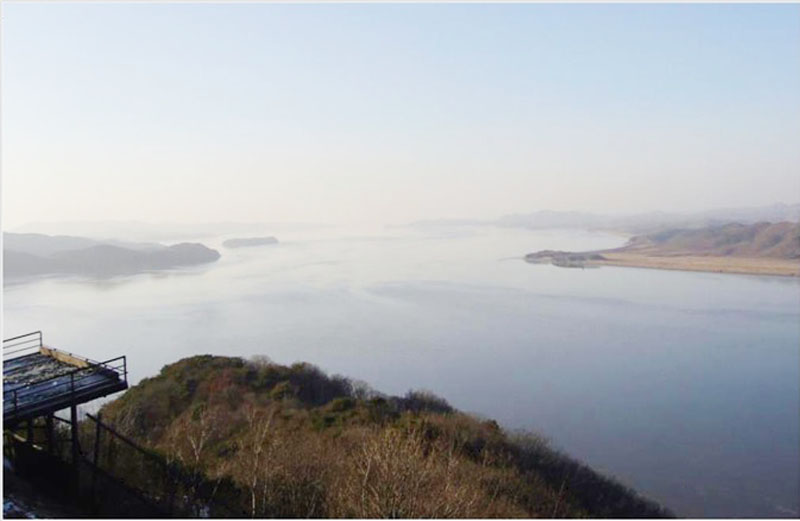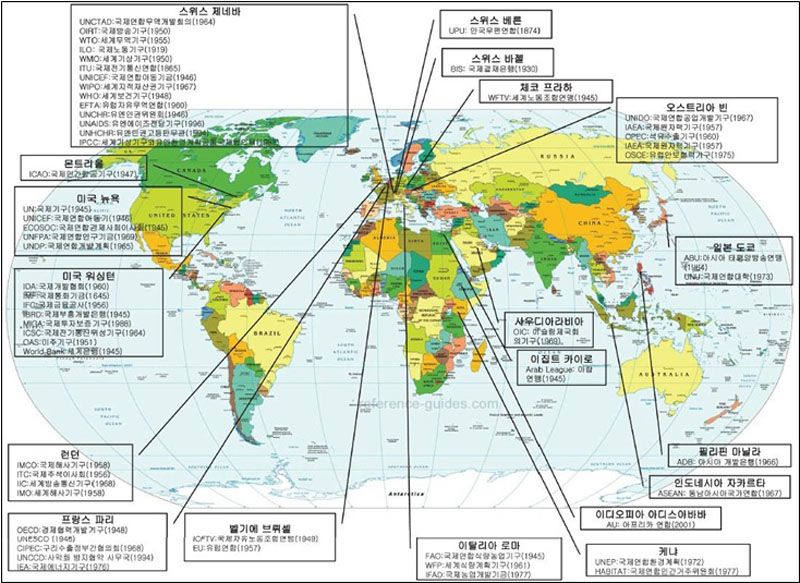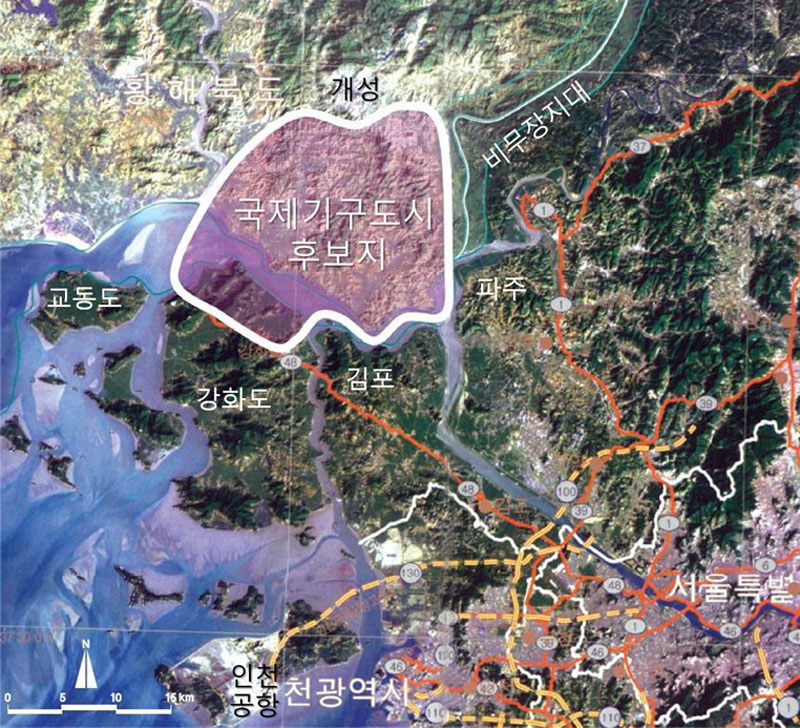며칠전 저의 글 '한강하구, 국제기구도시를 상상한다'의
http://www.mediatoday.co.kr/?mod=news&act=articleView&idxno=145646&sc_code=&page=&total=
번역을 이 게시판에서 부탁드린 후
싱가폴 국립대학(NSU)의 박사과정에 계신 hojai님이 내용에 충실한 초역을 해주신 후
이후 미국에 계신 두 분이 수정 보완을 해주셨고,
최종적으로 그 중 한 분인 윤이상님이 의미전달위주로 의역한 것이 다른 분들의 동의를 얻어 추천이 되었습니다.
윤이상님은 초등학교때 미국에 이민 간 후 대학재학중 전문번역일도 하셨고 월스트리트에서 오랫동안 애널리스트로 일하신 경력이 있습니다.
세 분께 다시 한번 깊은 감사를 드립니다.
여기에 게재된 글은 의역본에 일부 초역수정본을 추가한 것입니다.
지구촌의 동지들이 이 방에서 협력하여 일을 하는 것도 신선한 경험입니다^^
Transforming Han River’s Tail into a Center of International Organizations
Half the size of Seoul metropolis, the undeveloped region south of Kaesŏng makes an attractive center to host clusters of international organizations
It was six centuries ago when the founder of Joseon, present day Korea, undertook a project to move the kingdom’s capital away from Kaesŏng. At the end of it all, what we today know as Seoul was selected, one of the deciding factors being that its location served well as a military strategic point. Unlike Kaesŏng, Seoul was much farther away from sea and that much more difficult for invaders to access.

▲ The vast Han River estuary (from Ganghwa Island toward the west coast) = photo by Lee Won-young
The tides have now turned. Once the capital of the Korean people, Kaesŏng and the region south of it where the mouth of the Han River lies has emerged back into the spotlight. The region’s proximity to the border between the two bickering Koreas had the region tied up useless for many decades. But recent developments of easing North-South relationship have improved the valuation of this vastly undeveloped land. The very reason that dethroned it as the capital – easy access via both land and sea – has now become its biggest merit in hosting international organizations.
Here we are facing new possibilities. The threshold of the new world would be the recent dramatic alteration in international politics. The number of institutions for global regulation and cooperation has been soaring in past decades. In addition to the globalization of the economy, it has increased the need to supply public goods at the global level and control 'evil' as in the climate change commission. One more essential reason would be the agreed standards and principles increase the benefits of transactions in every level. An increasing number of international organizations are emerging, but their funding sources are limited and sites are also in demands.
Basically,
international organizations have enormous symbolic power, and their invisible
effects on local politics and economy are also significant. The problem is that
the headquarters of international organizations have so far been too biased to
Europe or the U.S. At least, the newly to be created organizations should be
placed in Asia region, but not also biased with the big China. Where would be
the best place if such a headquarter of international organizations were in
Asia? This is an intriguing question to discuss.

▲ Distribution status of international organizations (2008)
The location of Kaesŏng and the tail end of Han River meet the conditions of an attractive host site to international organizations.
First, the region sits in a prime location that can be developed into a center of transit tying geopolitical giants China and Japan with Korea and beyond. Beijing and Tokyo are within 2-hour flight’s reach. Not to mention Seoul and Incheon International Airport Hub, both just an hour drive away. The region is also a connecting point between the Han River and the Yellow Sea, a convenient feature for freight logistics. With recent developments with North Korea, a possible railway project may one day connect the area to the rest of Eurasian continent. This region seems to be in the heart of it all.
Second, the region has access to abundant resources hard to find elsewhere. The region is half the size of Seoul and is comprised of vastly undeveloped land. It may be feasible to lease blocks of this land to volunteering countries and their organizations for long term. If pulled through, it would crown Kaesŏng as the city of international organizations – one that is yet to come, but one that needs to come. Organizations and the region have much to mutually benefit from such project. Moreover, organizations stationed in this region can tap into the highly skilled yet inexpensive labor force from North Korea. It is an area that is starving for opportunities but is equipped with energy ready to burst.

▲ The candidate site (260㎢)for an international city is about half the size of Seoul.
Building a city of international organizations has profound positive impact in the local region as well. We have observed the mushrooming number of international organizations – mostly headquartered in the developed countries of the West – often having echoing impact on local politics and economics, in addition to catering to the purposes the organizations have been established to serve. Kaesŏng and the mouth of Han River are sandwiched between North and South Korea and sits directly on the demilitarized zone which the two countries share. That alone gives the region a geopolitical significance that would make the physical presence of the organizations a meaningful one. With neighboring China and Japan, even more so.
Just as Hong Kong and Shanghai rose to the leading cities of Chinese economy, Kaesŏng’s potential mixed with international capital and collective knowledge can create synergy that will drive Kaesŏng to become a geopolitical significance.
All these concepts are dependent on, amongst other things, one critical condition – the consent and commitment of North Korea. The hermit kingdom has lots to gain from such developments, such as inflowing capital and construction of infrastructure. It may be hesitant to respond immediately, but that does not undermine the potential for this prime real estate that may one day connect all of East Asia, and perhaps all peoples. Convenient location that is in the center of action, abundance in undeveloped land and inexpensive skilled labor, and possibilities of long-term leasing are more than enough reasons to consider south of Kaesŏng a top contender in hosting a city of international organizations. After all, what more to ask of real estate if it features prime location, large square footage, and cheap price.
Lee Won Young is a professor of Suwon University.
This article has been translated from its original form in Korean, published as a contributing article on Mediatoday in November 2018.













